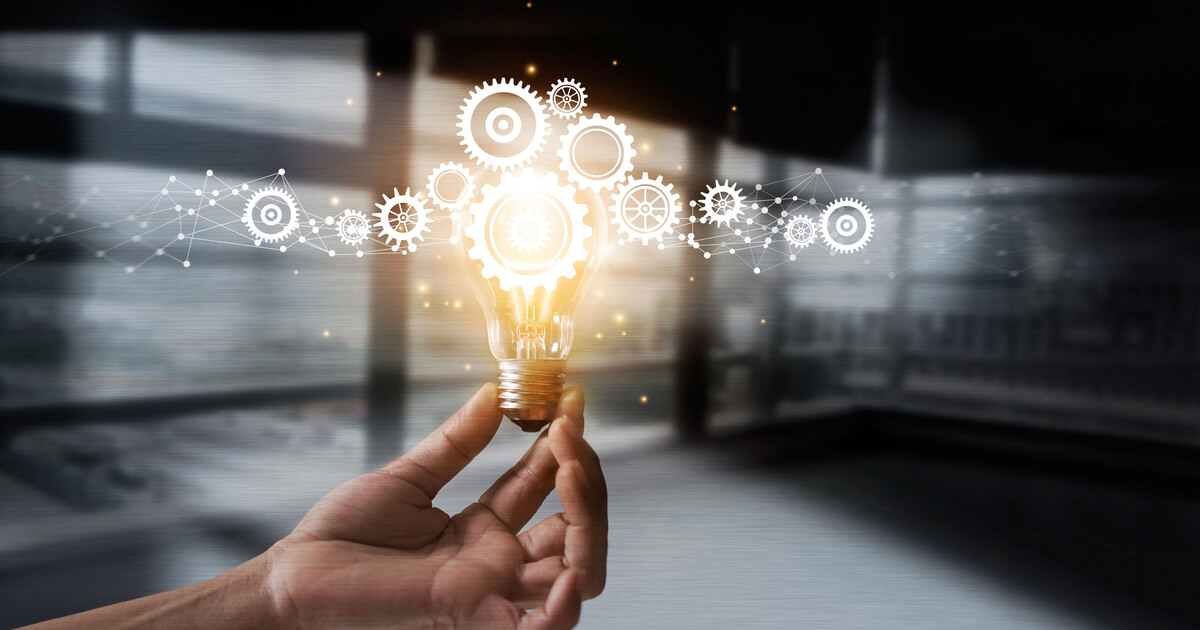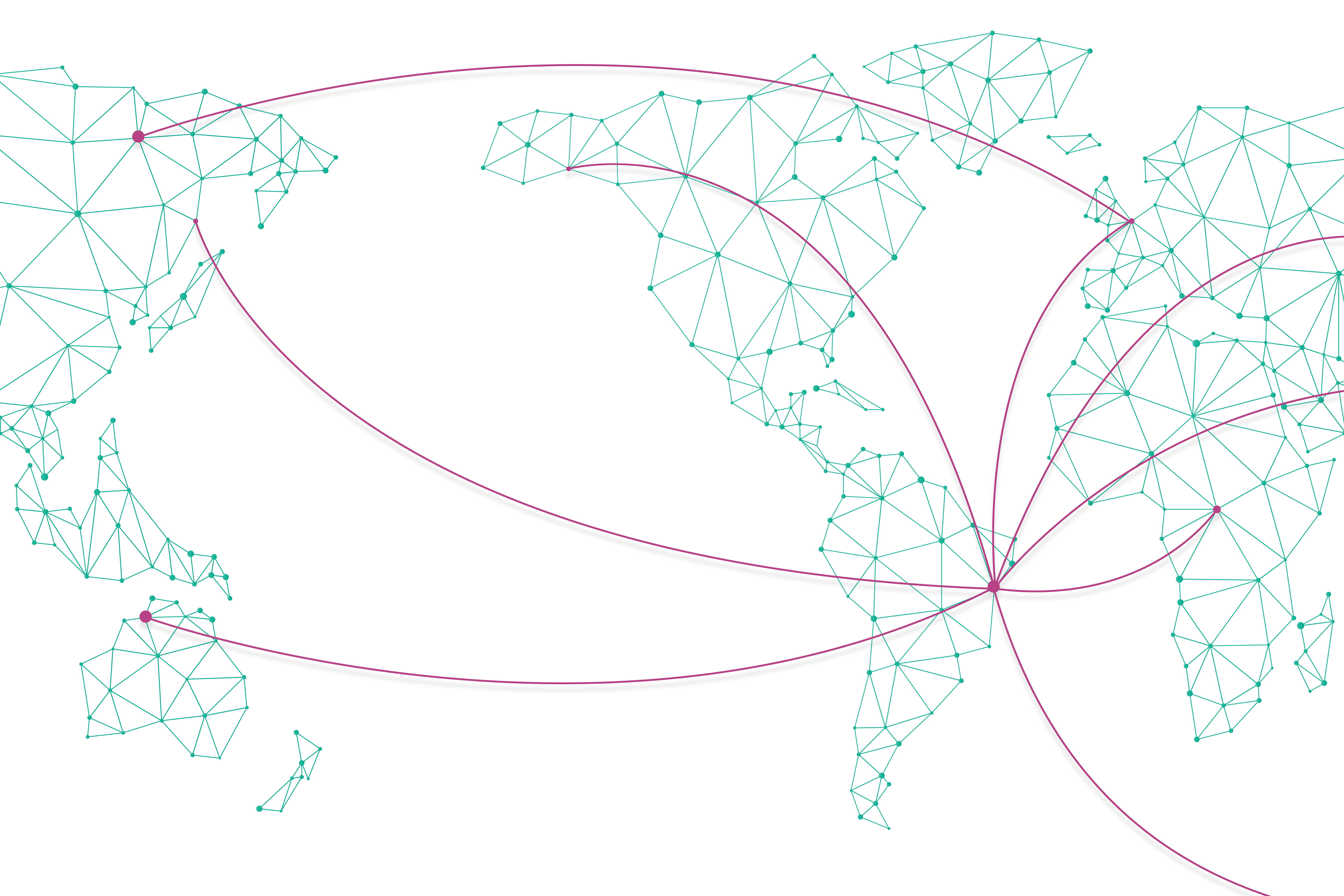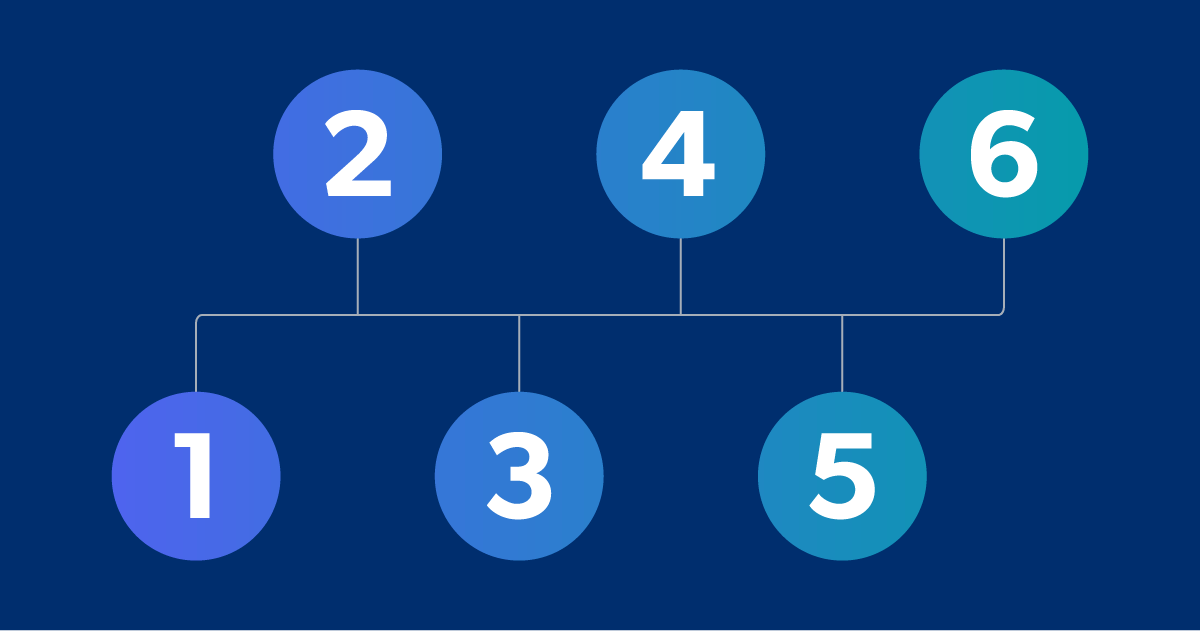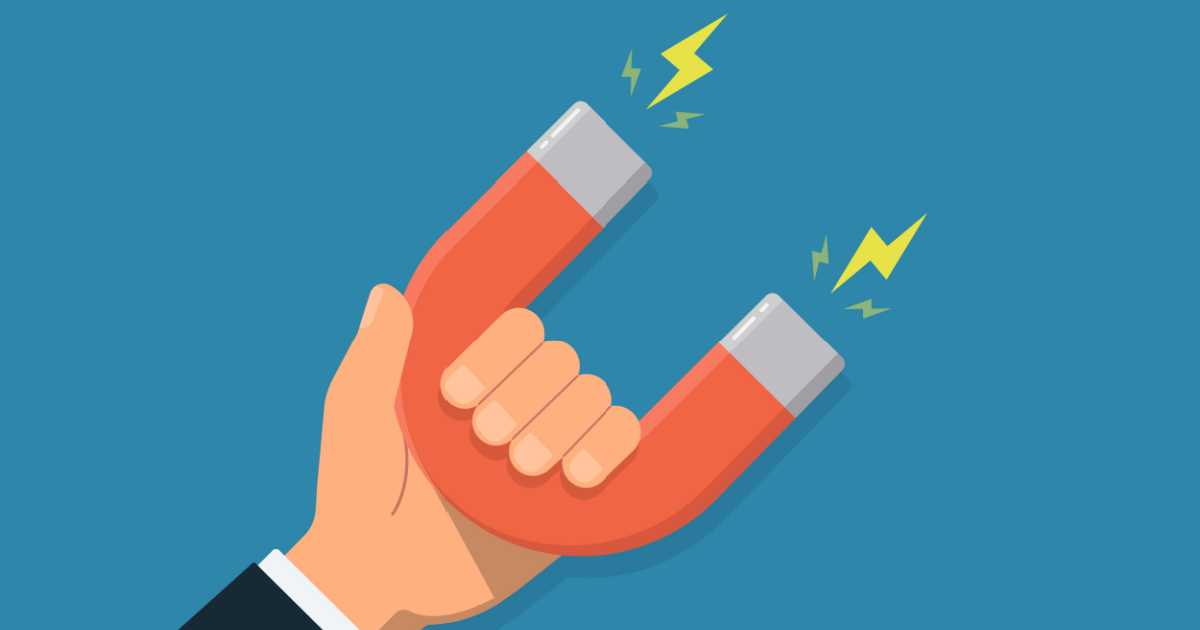The
Bazaar
Voice
Stratégies, études, tendances du secteur
The
Bazaar
Voice
- Tags populaires
- Thèmes populaires
- Tags populaires
- Thèmes populaires
Tag: Augmentez Votre Taux De Conversion

Amplifiez les contenus
Le commerce communautaire : le social commerce 2.0

Articles long
Comment optimiser les pages produits : conseils et exemples

Articles long
Pourquoi les notes et les avis sont importants pour votre entreprise

Augmentez votre taux de conversion
L'impact des faux avis sur votre entreprise

Articles long
10 exemples de marketing de contenus générés par les utilisateurs pour inspirer votre marque en 2023

Amplifiez les contenus
Syndication des avis : comment les marques et les distributeurs peuvent amplifier les CGU

Collectez des contenus
Les 6 étapes du processus d'achat du consommateur

Articles long
Comment attirer les consommateurs sur votre linéaire numérique

Articles long
Que sont les CGU ? Le guide complet des contenus générés par les utilisateurs
Vous avez consulté 9 blog posts sur 9






